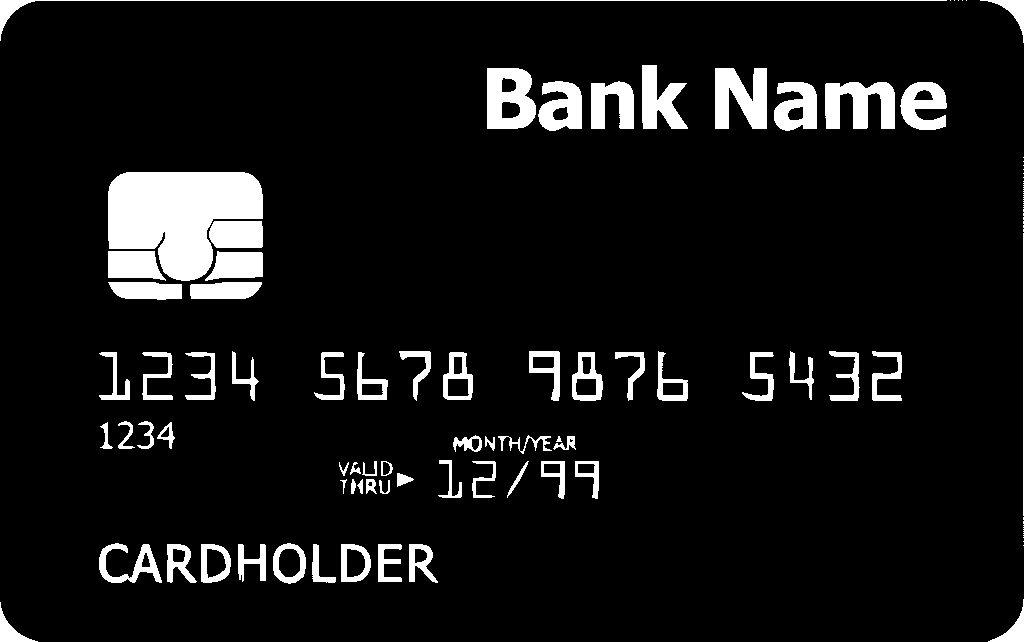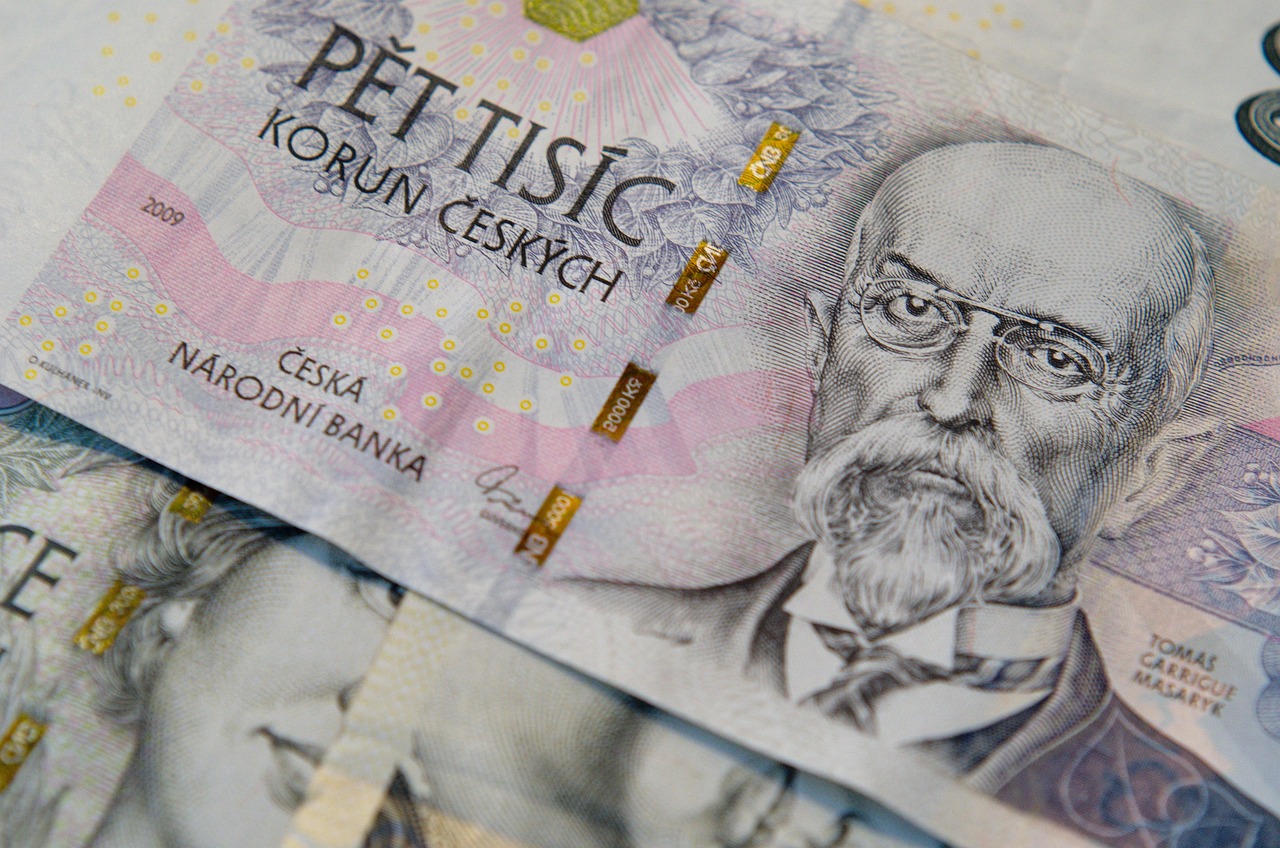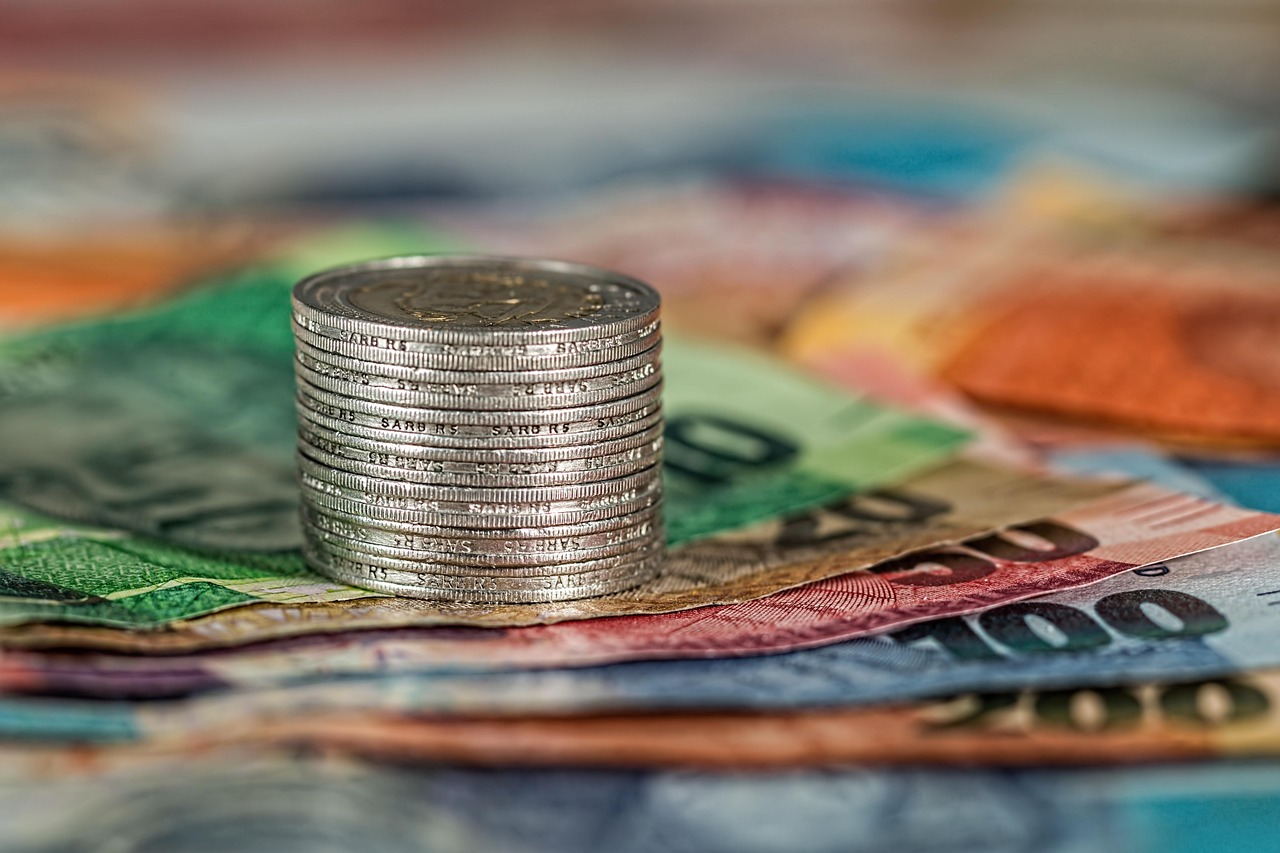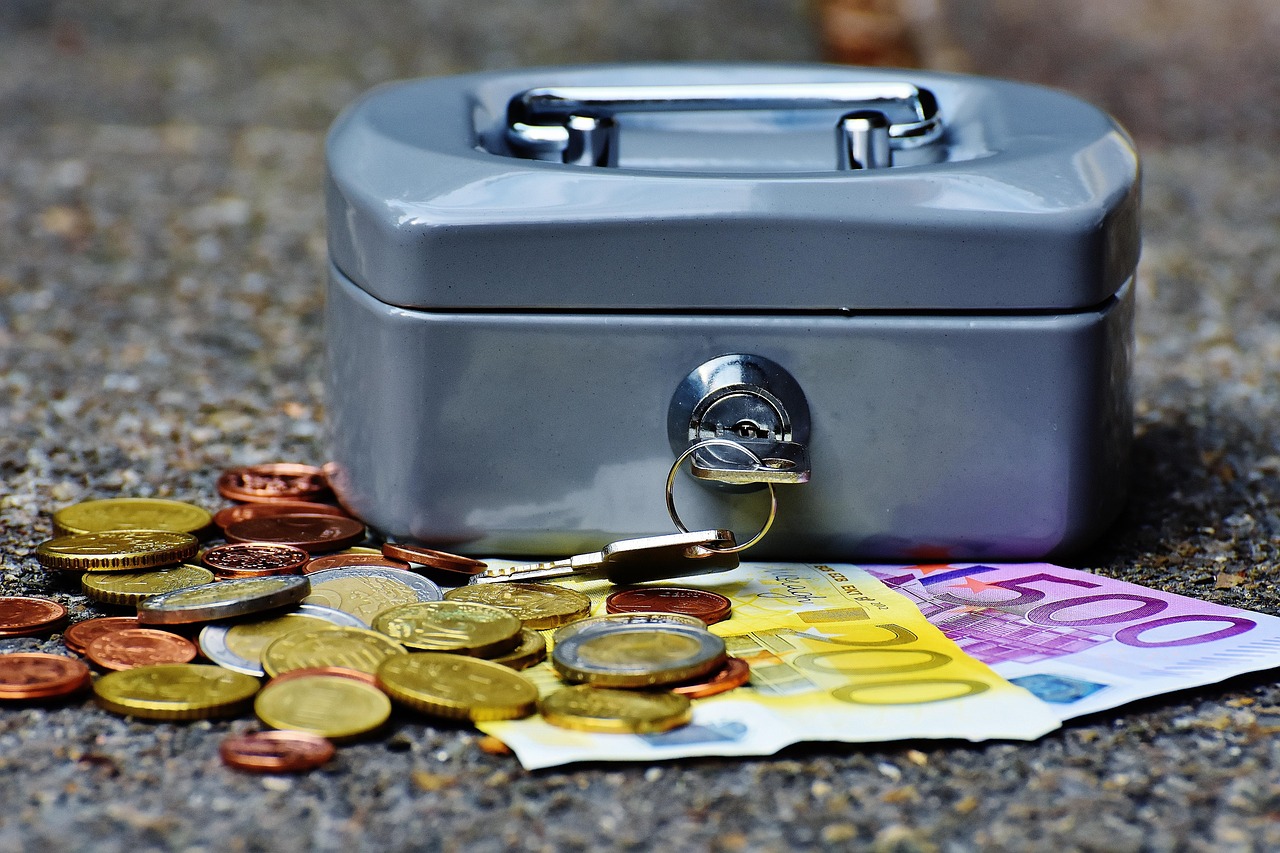Introduction
Life is unpredictable.
Unexpected events like medical emergencies, job loss, or car repairs can happen anytime.
An emergency fund is your financial safety net — money set aside to handle urgent situations without going into debt.
Here’s how to build one efficiently and stress-free.
1. Set a Clear Goal
Decide how much you need in your emergency fund.
A common guideline is 3 to 6 months of living expenses.
Include essentials like rent, utilities, groceries, transportation, and insurance.
Having a clear target helps you stay focused and measure progress.
2. Open a Separate Account
Keep your emergency fund separate from your regular checking account.
This reduces the temptation to spend it on non-emergencies.
Use a high-yield savings account to earn some interest while keeping your money accessible.
3. Start Small and Be Consistent
Even if you can’t save months of expenses at once, start with small amounts.
Deposit a fixed sum each month — even $50–$100 can grow over time.
Consistency is more important than the initial amount.
4. Automate Your Savings
Set up an automatic transfer to your emergency fund on payday.
Automation ensures you save without thinking about it and prevents accidental spending.
5. Cut Unnecessary Expenses
Identify areas in your budget where you can save money, such as:
- Subscriptions you rarely use
- Dining out or takeout
- Impulse shopping
Redirect these savings into your emergency fund.

6. Use Windfalls Wisely
Any extra money — bonuses, tax refunds, or gifts — can give your emergency fund a boost.
Instead of spending it, deposit it directly into your fund to reach your goal faster.
7. Avoid Using the Fund for Non-Emergencies
Discipline is key.
Only use the emergency fund for unexpected or urgent expenses, not for vacations, gadgets, or lifestyle upgrades.
This ensures the fund is available when you really need it.
8. Review and Adjust Regularly
Reassess your emergency fund annually.
If your living expenses increase or new responsibilities arise, adjust the fund accordingly.
Your fund should always reflect your current financial needs.
Conclusion
An emergency fund is the cornerstone of financial security.
Even starting small can make a big difference during unforeseen events.
By setting a goal, saving consistently, and protecting the fund, you can face life’s surprises with confidence and peace of mind.










